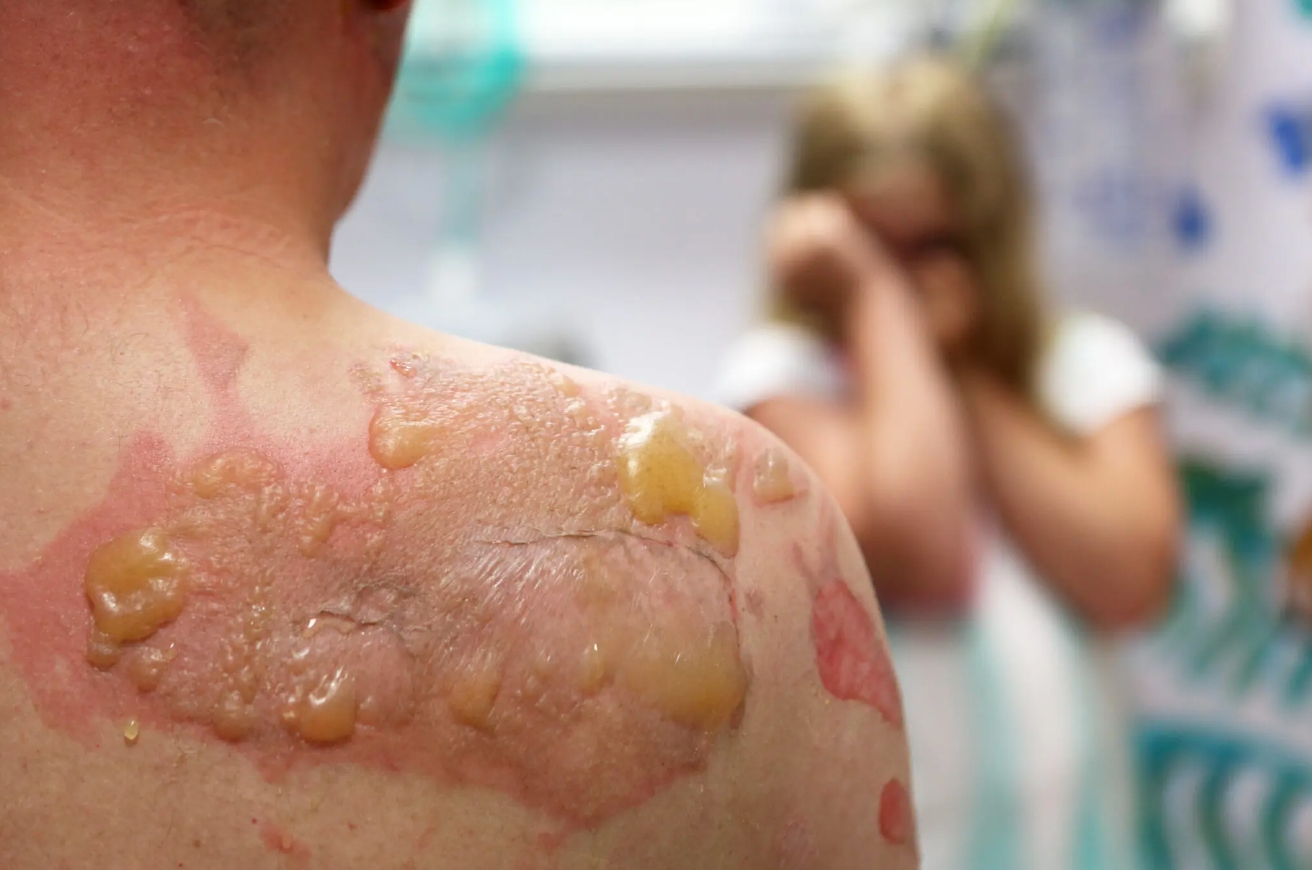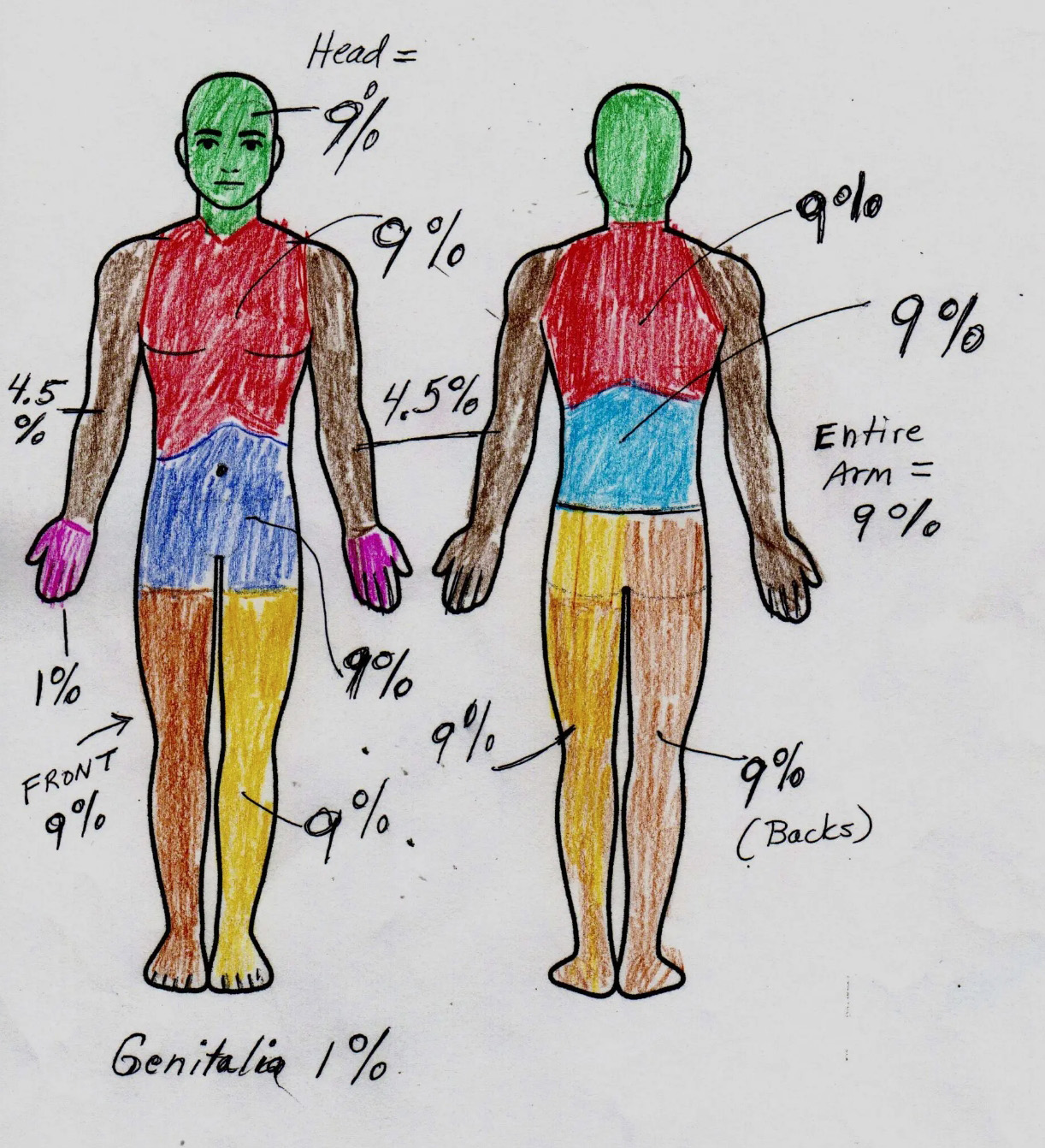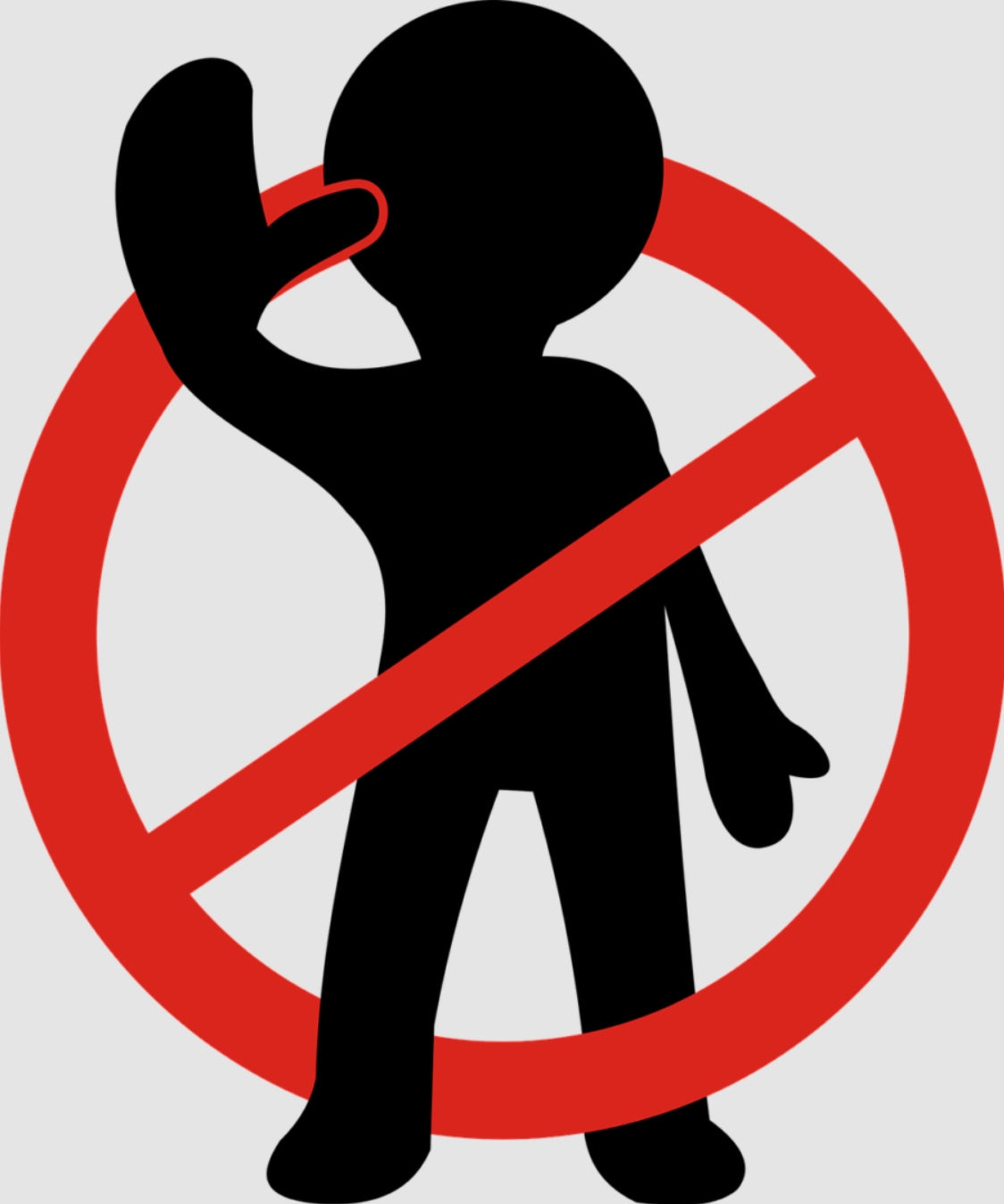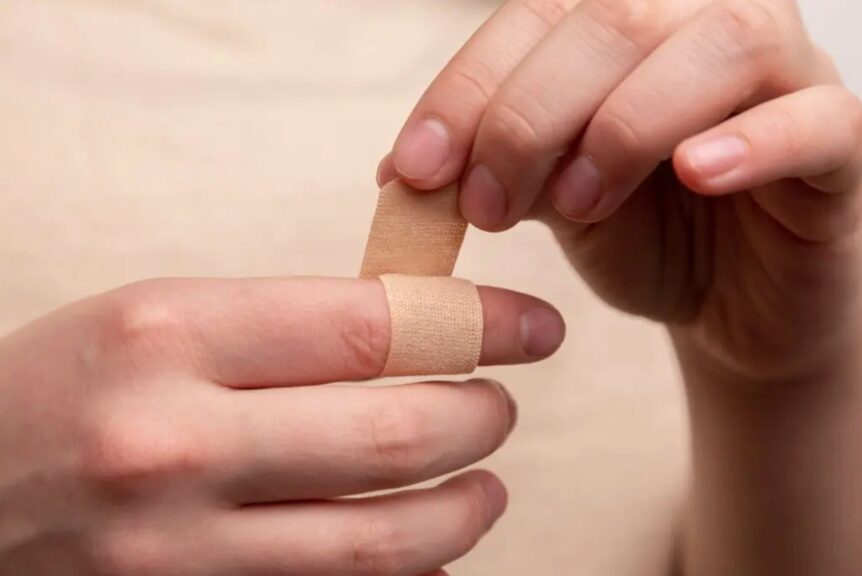Recently, author Deena Adams asked me to help with some characters in her novel who were injured in a fire and suffered severe burns. The situation was a younger man had run into a burning building to find an older fellow in his 50’s. The young man had very mild asthma. The older man was dying from lung cancer. He had been trapped in the building for some time and was found with multiple burns to his body.
Most authors are familiar with first, second and third degree burn injuries. What you may not know about is the severity of what is called an inhalation burn Share on X
Burns are categorized by depth and extent of the surface area involved.
First degree burns are your basic sunburn.
First degree burns are superficial. The skin may eventually flake and peel a bit, but will not blister.
Second degree burns form blisters like this:

Third- and fourth-degree burns (also called full-thickness) are more serious. They are quite deep. These burns can expose muscles, tendons, ligaments, and even bone.
A third degree burn will be painless unless there are first and/or second degree burns around it. It will appear white or charred. Fourth-degree burns look black and charred. The char is called eschar.
Burns are TRIAGED by emergency services using a system called the Wallace Rule of Nines. This estimates the percentage of burned skin.
The scale for children (Lund diagram) varies by age. Very small children have a greater relative surface area in their heads compared to their bodies, unlike adults.
You can do an internet search for online charts to see how burn estimates are used.
Here’s my pathetic home-drawn Wallace Rule of Nines for people fourteen years of age and older.
Emergency room personnel use this rule to quickly add up the percentage of burned surface area to determine treatment going forward.

[tweet_box design=”default” float=”none”][/tweet_box]If you’re writing about burns, you need to consider INHALATION damage. The respiratory system can be hurt in multiple ways.

- Thermal damage – burns (direct damage) to the mouth, throat, and trachea.
- Smoke damage to the lungs – deposits of carbon and any other toxins in the smoke. This is what happened to many 9/11 first responders and victims. The smoke of the burning buildings and the cloud of dust after the buildings collapsed contained all manner of toxic materials including asbestos, which can cause lung cancer.
- Carbon Monoxide – Smoke contains high levels of carbon monoxide. http://www.ny.health.gov has an outstanding article “Exposure to Smoke From Fires” for more info and resources.
A clue to inhalation or airway damage in a burn patient is soot staining around a character’s mouth or second- or third-degree burns to the face.
Deena’s novel setting had the middle-aged man admitted to the BICU (burn intensive care unit) at the hospital. The problem was she had a reunion scene set in the ICU, where the man needed to speak with the fellow who saved him. The injuries her character had suffered would have required him to be intubated and on a ventilator. Therefore, he wouldn’t be able to talk.
The other issue is patients with severe burns and inhalation injuries are put into an induce comas because of the severe pain and respiratory failure. The pain from deep, extensive burns can put victims into shock. So if you have a severely burned patient, they may not be able to communicate, especially if they are intubated and on a ventilator.
Also, people who wake up from coma don’t always wake up oriented and talking – it takes time. For more information, see my article on Coma in Killer Nashville Magazine:
At the scene, all victims that have been exposed to smoke are immediately placed on oxygen by first responders. They are transported to the ER where they are triaged. The Wallace Rule above helps doctors make a quick assessment of the extent of burn damage. If other things such as fractures or open wounds need surgery, that is addressed. If the patient’s condition is critical, they will be intubated and placed on a ventilator, and probably put into an induced coma (intense deep sedation using medications.)

Burn patients are allowed visitors. Generally visitors may be cautioned about the trauma of viewing a severe burn, but sometimes not. Burn units vary in allowing visitation, so check the rules for a hospital you intend to use, or for a hospital similar in situation or location to the one you in your book.
Some units allow more leeway in visitation than others – for example, some units will not allow balloons but others will. All units normally require visitors to “gown up” in clean (not sterile) gowns. Some may require head and foot covers.
You don’t normally have to “glove up” and don surgical gloves.
Pediatric burn units also have different rules from adult units. Some hospitals may have both children and adults in the same unit. At least in the hospitals where I trained, nurses made an effort to cover severely burned patients when family visited until family members had been oriented as to what they might see. A severely burned individual is a traumatic sight.
A BURN STORY
On October 7, 2023 medical student Ellay Golan, her husband, Ariel, and their one-year-old daughter, Yael, hid in their rocket bunker from the attack on their kibbutz by Hamas terrorists. Hamas set their house on fire, hoping to smoke the family out of their shelter. The young couple finally made their escape through the flames, shielding the baby between them, ran a long way, and hid in a tractor FOR HOURS until IDF rescued them.
Ellay fainted upon handing Yael over. The family was airlifted to the hospital.
Ellay was burned on SIXTY percent of her body; Ariel FORTY percent, and little Yael had 30% burns.
On June 6, 2024, Dr. Ellay Golan, still bandaged, graduated from medical school.
I included this so you can understand what the will to survive can overcome, even the presence of severe burn injuries!
Subscribe and receive a freebie from Deena Adams! https://landing.mailerlite.com/webforms/landing/v2g7z4

DEEPER DIVES:
https://www.verywellhealth.com/burn-pictures-4020409
https://www.uptodate.com/contents/inhalation-injury-from-heat-smoke-or-chemical-irritants/print
Thanks for reading!


